Château Mouton Rothschild
France, Bordeaux, Pauillac
Château Mouton Rothschild spans 90 hectares of vines to the north-west of Bordeaux, on the edge of the Médoc peninsula in the heart of prestigious Pauillac. Acquired in 1853 by Baron Nathaniel de Rothschild, it marks the family's first steps into the generational wine business which continues today.
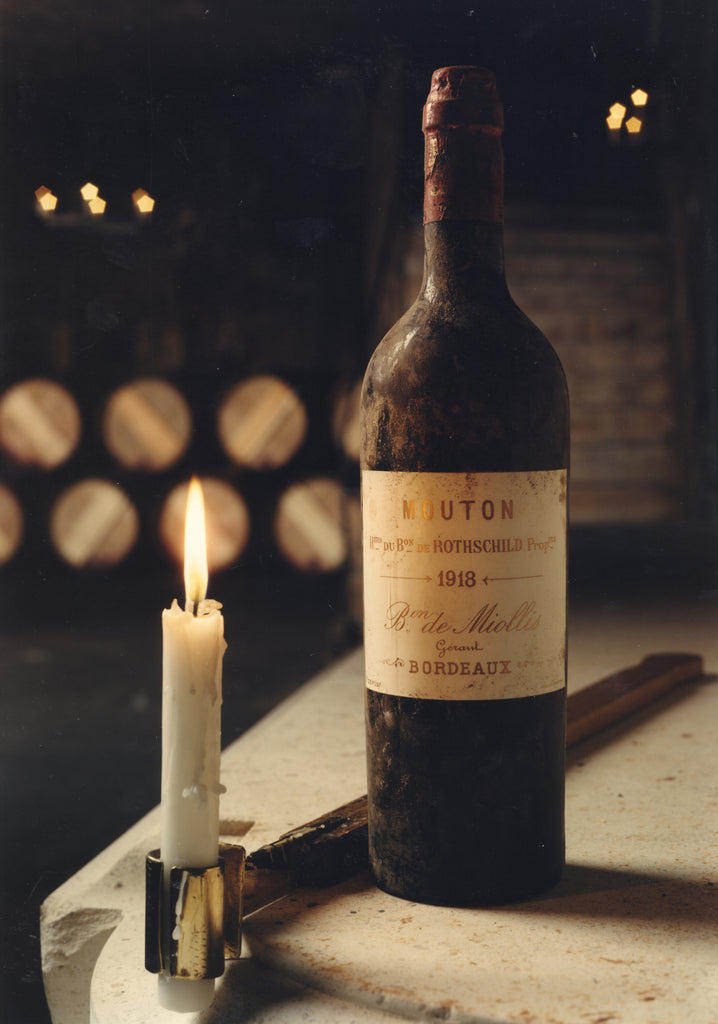
Château Mouton Rothschild spans 90 hectares of vines to the north-west of Bordeaux, on the edge of the Médoc peninsula in the heart of prestigious Pauillac. Acquired in 1853 by Baron Nathaniel de Rothschild, it marks the family's first steps into the generational wine business which continues today.
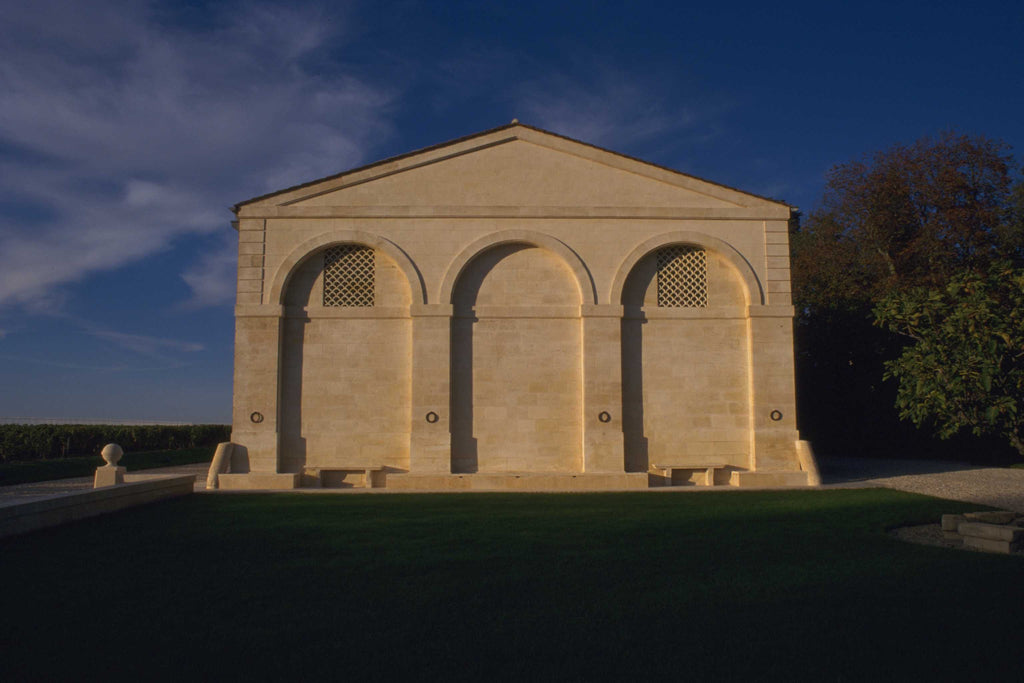
History
In 1853, Baron Nathaniel de Rothschild purchased Château Brane Mouton at auction and renamed the estate to bear his name. This marked the Rothschilds’ first step into their involvement with wine, something they are very well-known for today. In 1922, Baron Nathaniel's great grandson, Baron Philippe, at just twenty years old, took the reins of Château Mouton Rothschild and devoted his whole life to raising the awareness of the estate and the quality of the wines produced. Baron Philippe revolutionised the world of wine with his innovative approach and commitment to excellence.
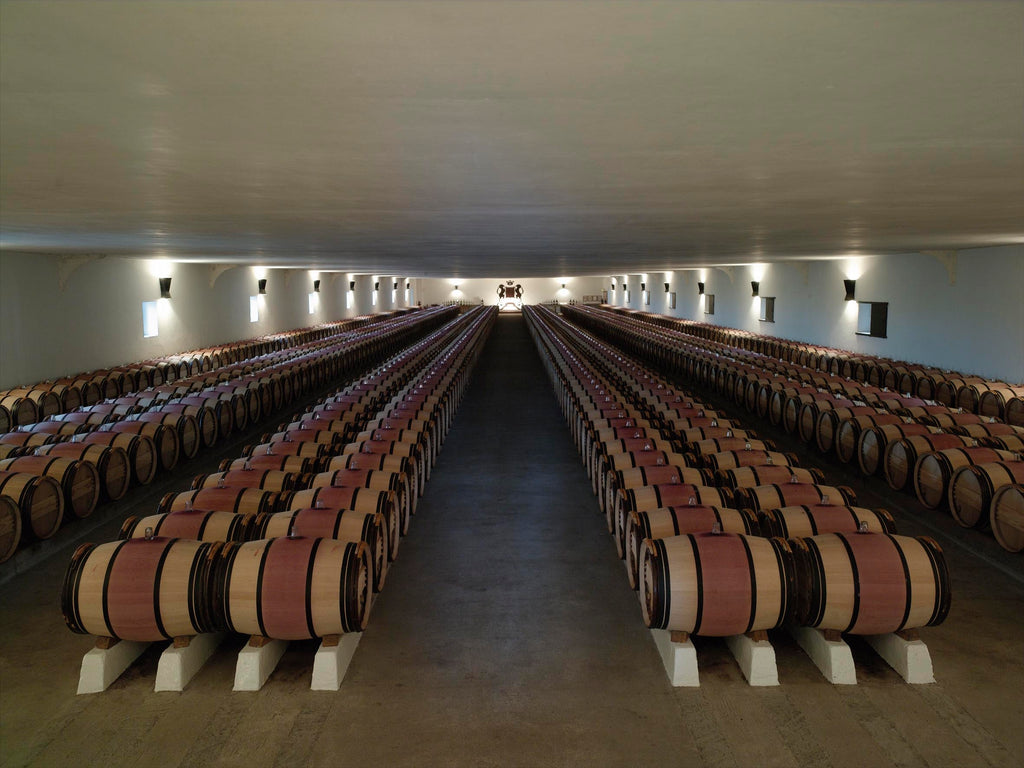
A Commitment to Excellence
In 1924, it was Baron Philippe who decided that all Bordeaux wines should be bottled at the château, hereby giving the winemakers more control and responsibility over the finished product and led to the construction of the Grand Chai (barrel room) at the winery. He also forged strong links between Château Mouton and the arts. The 100-metre long Grand Chai already constituted a remarkable feat of architectural prowess, and then with each vintage of Mouton from 1945, an original piece of artwork was specially created by a contemporary artist to represent the label. In 1973, Baron Philippe triumphed as Château Mouton Rothschild officially secured its elevation to First Growth status, an elite to which it had belonged de facto for many years.
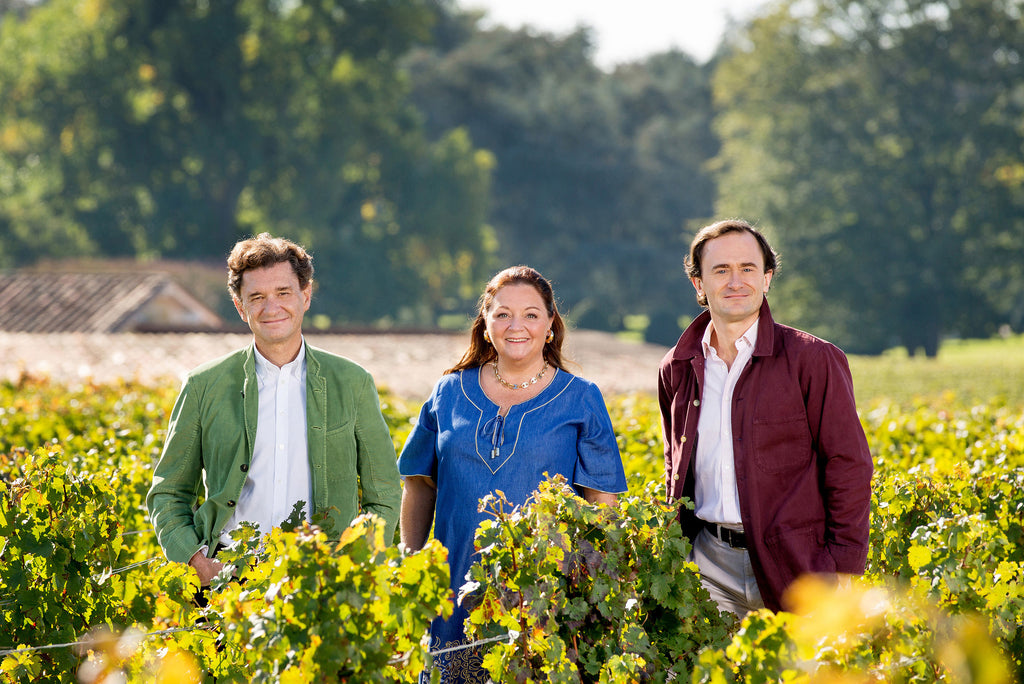
Mouton Today
On Baron Philippe‘s death in 1988, Baroness Philippine de Rothschild, his only child, inherited not only a treasure, but also a heavy responsibility. A well-known actress, she ended her stage career in order to continue her father’s work, while resolutely bringing Mouton into the 21st century. She continued to reassert the link between the arts and Mouton, ensured the excellence of Mouton’s first growth status, created Mouton’s first and only dry white wine, Aile d’Argent as well as created the second wine of Château Mouton Rothschild, Le Petit Mouton. Baroness Philippine left the running of Château Mouton to her three children, Camille, Philippe and Julien, upon her death in 2014.
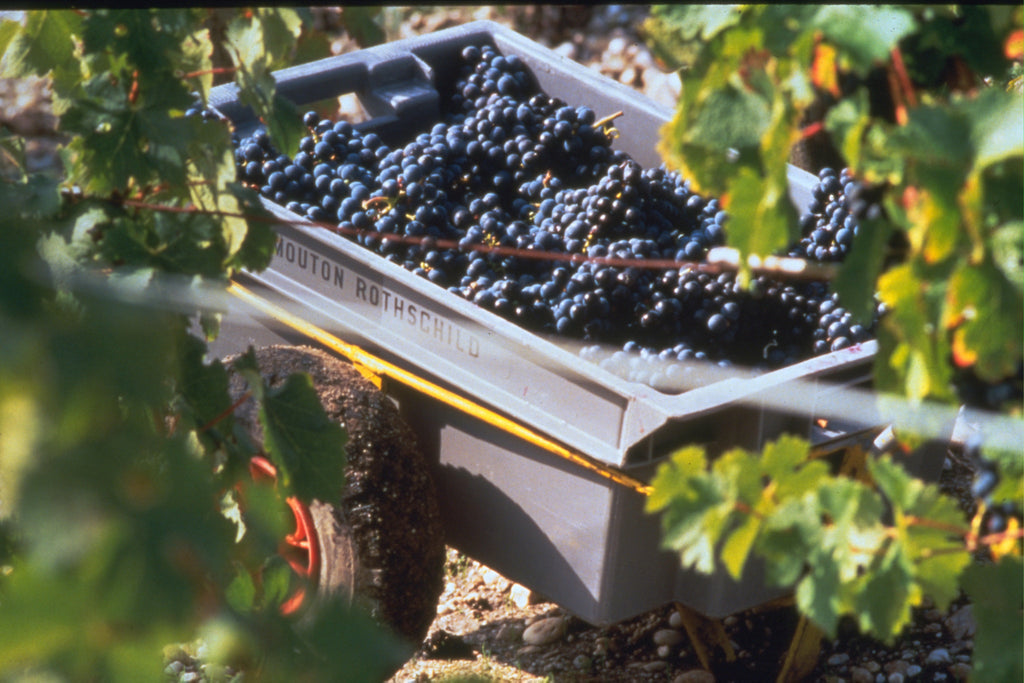
About the Vineyards
The average age of Château Mouton’s vines is around 44 years. They are planted on a narrow strip of land, close to the Gironde River, which helps irrigate and moderate differences in temperature. Made up of gravel – stones and pebbles which retain the heat of the sun – mingled with sand and some clay, the Pauillac soil is poor and unsuitable for growing anything other than vines, which produce the finest wines in the world. The thin and poor, gravelly soil extends down several metres over a clay-limestone base which enables the vines to produce elegant, powerful, richly tannic and long-lived wines.

History
In 1853, Baron Nathaniel de Rothschild purchased Château Brane Mouton at auction and renamed the estate to bear his name. This marked the Rothschilds’ first step into their involvement with wine, something they are very well-known for today. In 1922, Baron Nathaniel's great grandson, Baron Philippe, at just twenty years old, took the reins of Château Mouton Rothschild and devoted his whole life to raising the awareness of the estate and the quality of the wines produced. Baron Philippe revolutionised the world of wine with his innovative approach and commitment to excellence.

A Commitment to Excellence
In 1924, it was Baron Philippe who decided that all Bordeaux wines should be bottled at the château, hereby giving the winemakers more control and responsibility over the finished product and led to the construction of the Grand Chai (barrel room) at the winery. He also forged strong links between Château Mouton and the arts. The 100-metre long Grand Chai already constituted a remarkable feat of architectural prowess, and then with each vintage of Mouton from 1945, an original piece of artwork was specially created by a contemporary artist to represent the label. In 1973, Baron Philippe triumphed as Château Mouton Rothschild officially secured its elevation to First Growth status, an elite to which it had belonged de facto for many years.

Mouton Today
On Baron Philippe‘s death in 1988, Baroness Philippine de Rothschild, his only child, inherited not only a treasure, but also a heavy responsibility. A well-known actress, she ended her stage career in order to continue her father’s work, while resolutely bringing Mouton into the 21st century. She continued to reassert the link between the arts and Mouton, ensured the excellence of Mouton’s first growth status, created Mouton’s first and only dry white wine, Aile d’Argent as well as created the second wine of Château Mouton Rothschild, Le Petit Mouton. Baroness Philippine left the running of Château Mouton to her three children, Camille, Philippe and Julien, upon her death in 2014.

About the Vineyards
The average age of Château Mouton’s vines is around 44 years. They are planted on a narrow strip of land, close to the Gironde River, which helps irrigate and moderate differences in temperature. Made up of gravel – stones and pebbles which retain the heat of the sun – mingled with sand and some clay, the Pauillac soil is poor and unsuitable for growing anything other than vines, which produce the finest wines in the world. The thin and poor, gravelly soil extends down several metres over a clay-limestone base which enables the vines to produce elegant, powerful, richly tannic and long-lived wines.
Our Gallery
Invalid Password
Enter








